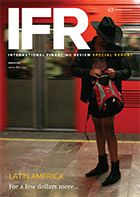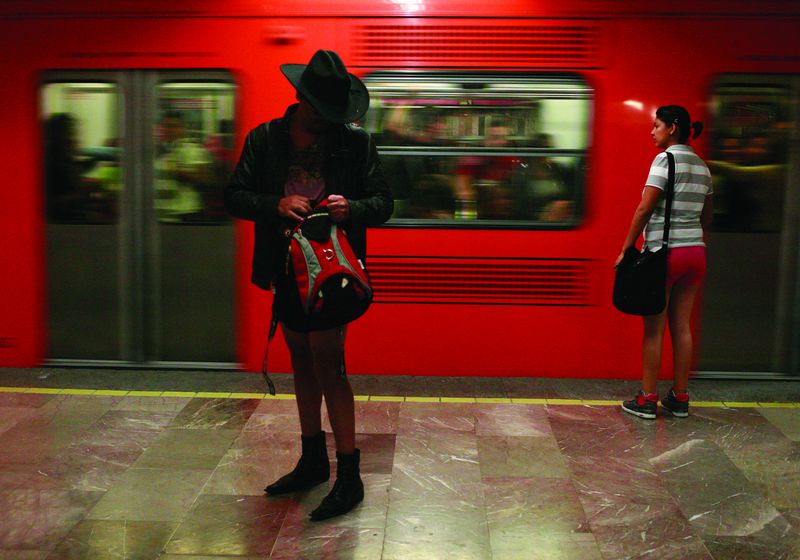Rather like the best Spaghetti Westerns, the usual suspects are present in Latin American finance – along with a familiar plot line on the tussle between order and chaos along an unruly frontier.
While the best in the genre are set in the northern Mexican badlands, now Mexico gets to be the hero and the real action has gravitated south. It’s just a question of waiting for the bodies to pile up.
Like a high-stakes hand of poker that hypnotised everyone in the bar, total bond issuance in Latin America in 2014 reached a breathtaking US$139.8bn.
After years of dominating the game as the most active country for issuance in the region, Brazil has had a run of bad luck.
While he shuffles cards in the saloon, even his bulky sidekick, oil giant Petrobras, has been snared on the barbed wire of a serious bribery scandal.
But Brazil’s problems mean the players are now bracing themselves for an unfavourable hand and may struggle to find a safe bet for their excess dollars.
Watching the game but unable to join, meanwhile, stands Argentina – the brooding, penniless gunslinger scarred from past shootouts with the US financial posse, yet still relishing a showdown.
Hopes for an end to the country’s feud with hedge funds stemming from its default in 2001 have been repeatedly dashed, with little chance of a turnaround prior to elections in October.
With nothing but vultures circling overhead, and shut out of the capital markets, the deadlock is dragging Latin America’s third-largest economy into recession.
Venezuela is the ugly barman, hopelessly addicted to the oil firewater he keeps serving up and living well beyond his saloon’s considerable receipts.
While the collapse in oil prices has left the country exposed and pushing it close to the brink of default, he remains in denial: about negative growth, shrinking revenues and the scale of his debt.
Outside the bar and lining the dusty streets of this one-horse town, the banks are determined to remain stolid pillars of the community in an otherwise wild west.
And after a year of landmark deals in which borrowers benefited from better pricing and terms as lenders rushed back to an asset class they once shunned, bankers predict solid loan growth in 2015.
Meanwhile, Latin America’s equity capital market plays the role of the shopkeeper, quietly filling his till after a turbulent decade in which volumes have alternately sunk and soared.
He detects a change of mood and foresees a solid if not spectacular year after the political uncertainty and fears of a slowdown in 2014.
There is also a new good guy in town, and he is striding confidently down main street as the new darling of the emerging market sovereigns.
Once an underdog and still plagued by demons, Mexico is nonetheless a reformed character able to issue 100-year bonds and lure investors amid Latin America’s perpetual crossfire.
Liberalisation of the oil sector, closed to private investment for 80 years, has put a feather in the sombrero of President Enrique Pena Nieto and undoubtedly helped him deflect personal criticism and allegations of crony capitalism.
Finally, no western would be complete without the missionaries bringing new ideas and zeal to the untamed frontier – in this case, the champions of sustainable finance.
Two landmark Green bond issues in Peru late last year have reinforced signs that 2015 could witness a significant breakthrough in a regional market potentially worth US$45bn by 2018.
Latin America is already something of a pioneer in climate finance – who knows, Green bonds may offer a rich new bounty for this Spaghetti Western’s characters in their endless quest for a few dollars more.
To see the digital version of this report, please click here
To purchase printed copies or a PDF of this report, please email gloria.balbastro@thomsonreuters.com.


